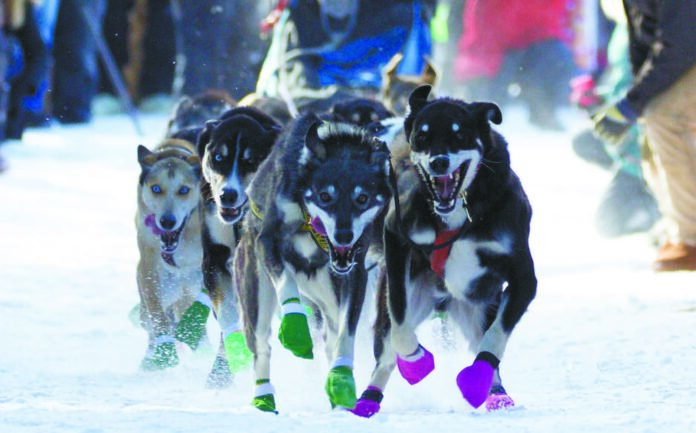On January 2, 2024, the board of the John Beargrease Sled Dog Marathon postponed the 40th running of the Beargrease until January 26, 2025 due to lack of snow. Now, in January 2025, race officials postponed the event once again, this time until March 2nd of this year. At the same time, the Gunflint Mail Run (originally scheduled for January 10) was also rescheduled. The exact date of the Gunflint Mail Run has not yet been announced, but the 65-mile race is expected to take place in February.
In an interview with WDIO, lack of snow was the reason cited by Monica Hendrickson for postponing the John Beargrease Sled Dog Marathon. However, rescheduling the race to March 2nd causes it to overlap with the Iditarod, so teams who have qualified for that race may have a decision to make. Also, as the Beargrease is a qualifier for the Iditarod, teams may have to find another qualifying race if they hope to make it to Alaska.
Interestingly enough, both the Iditarod and the Beargrease are races commemorating those who have gone through the toughest weather to deliver goods: medicine, mail, and other supplies needed where the only method of transportation available was by sled dog.
The John Beargrease Sled Dog Marathon has three different races: 40 miles, 120 miles, and 300 miles, and it is the 300-mile course that has drawn the most concern due to ice and lack of snow. Mushers need about a foot of snow for the race to occur. Seventeen teams are currently registered for the race.
When I covered the John Beargrease Sled Dog Marathon’s postponement last year, I wrote a little about the history of the race; and yet the reason why the Beargrease has such deep roots in Lake County and the North Shore is an important story to tell: The John Beargrease Sled Dog Marathon is named for an Anishinabe man, John Beargrease, who was pivotal in the development of the North Shore. Between 1879 and 1899, Beargrease and his brothers delivered mail between Two Harbors and Grand Marais. The weekly trip was made with loads weighing up to 700 pounds. While the brothers used a variety of methods to transport the mail, John Beargrease was best known for his winter travels by dogsled. His fastest trip was 28 hours from Two Harbors to Grand Marais. In 1910, he died of pneumonia after going out in a storm to rescue a mail carrier whose boat was caught in the waves near Grand Portage. John Beargrease was buried in Beaver Bay’s Indian Cemetery.
Beargrease’s story speaks to the faithfulness of many mail carriers past and present who go above and beyond to deliver the mail.


